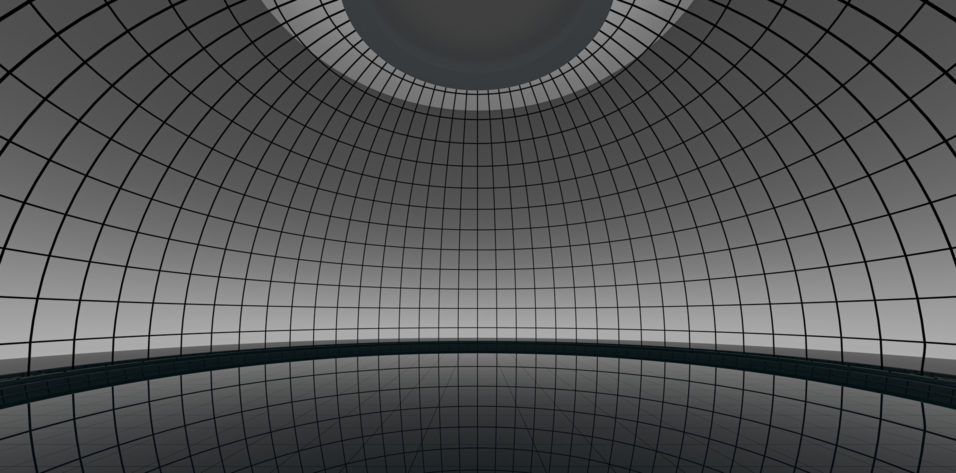My first experiences performing MIGS occurred during my ophthalmology residency with the use of the first-generation iStent (Glaukos) and the CyPass Micro-Stent (Alcon; no longer available). While in residency, I also had the opportunity to perform endoscopic cyclophotocoagulation (ECP), which is not angle-based surgery but is considered minimally invasive. Learning to perform these procedures acquainted me with working in the angle and allowed me to discover the proper positioning and magnification required for gonioscopic surgery. Glaucoma fellowship enabled me to build on this foundation in order to enhance my MIGS skills and prepare for my entry into glaucoma practice.
ESTABLISHING A FOUNDATION
Several initiatives can be incorporated into residency education to advance young or aspiring ophthalmologists’ understanding of and comfort with MIGS. Wet labs and device demonstrations can help trainees grow more comfortable with the concept of MIGS. Although it may not be possible to conduct skills training on each and every surgical technique, some hands-on experience with the available stents (eg, iStent and Hydrus Microstent [Ivantis]) and with goniotomy (eg, Omni Surgical System [Sight Sciences], gonioscopy-assisted transluminal trabeculotomy [GATT], bent-needle goniotomy, and Kahook Dual Blade [KDB; New World Medical]) is beneficial in ophthalmology residency and in preparation for glaucoma fellowship. Another important component of training is to study the MIGS literature and the evidence-based data supporting various techniques.
GROWING EXPERIENCES AND INSIGHT
The most valuable aspect of my glaucoma fellowship as it relates to MIGS care was the opportunity to gain experience with a wide range of treatment options, including the KDB, bent-needle goniotomy, GATT, ECP, the iStent, the Hydrus Microstent, and the Xen Gel Stent (Allergan), the implantation of which is more akin to conventional glaucoma filtering surgery. In addition to becoming acquainted with these procedures, I have found it helpful to study the benefits and limitations of each and the evidence (or lack thereof) supporting their use. Developing a deeper understanding of these procedures and their nuances has helped me to develop a standardized approach to offering them in practice.
MIGS Unplugged Face-Off

Iqbal Ike K. Ahmed, MD, FRCSC, and Arsham Sheybani, MD, face off for three head-to-head discussions on hot topics in MIGS care.
Round 1 | Round 2 | Round 3
For me, this approach involves using the iStent to treat mild open-angle glaucoma, the Hydrus Microstent for moderate open-angle glaucoma, and goniotomy (either with the KDB or a bent needle) for angle closure with or without goniosynechialysis. The ideal indications for GATT are pigmentary glaucoma, pseudoexfoliative glaucoma, and mild to moderate steroid-induced glaucoma. I recommend the Xen for older patients with thin conjunctiva who require a low IOP, and ECP is my preference after tube shunt implantation or trabeculectomy in cataract patients who require greater IOP control. These are not hard-and-fast rules, but this framework helps me to map out my approach to MIGS decision-making in practice.
CONCLUSION
When entering fellowship, I had hoped that MIGS procedures had altered glaucoma care by making treatment more successful, predictable, and lasting. Admittedly, the MIGS space still has room to grow to include more proven and efficacious treatments to be performed independently of cataract surgery. Most procedures, however, offer a good steppingstone for patients with mild to moderate glaucoma, and I am hopeful that more definitive MIGS treatments will become available in the near future.



